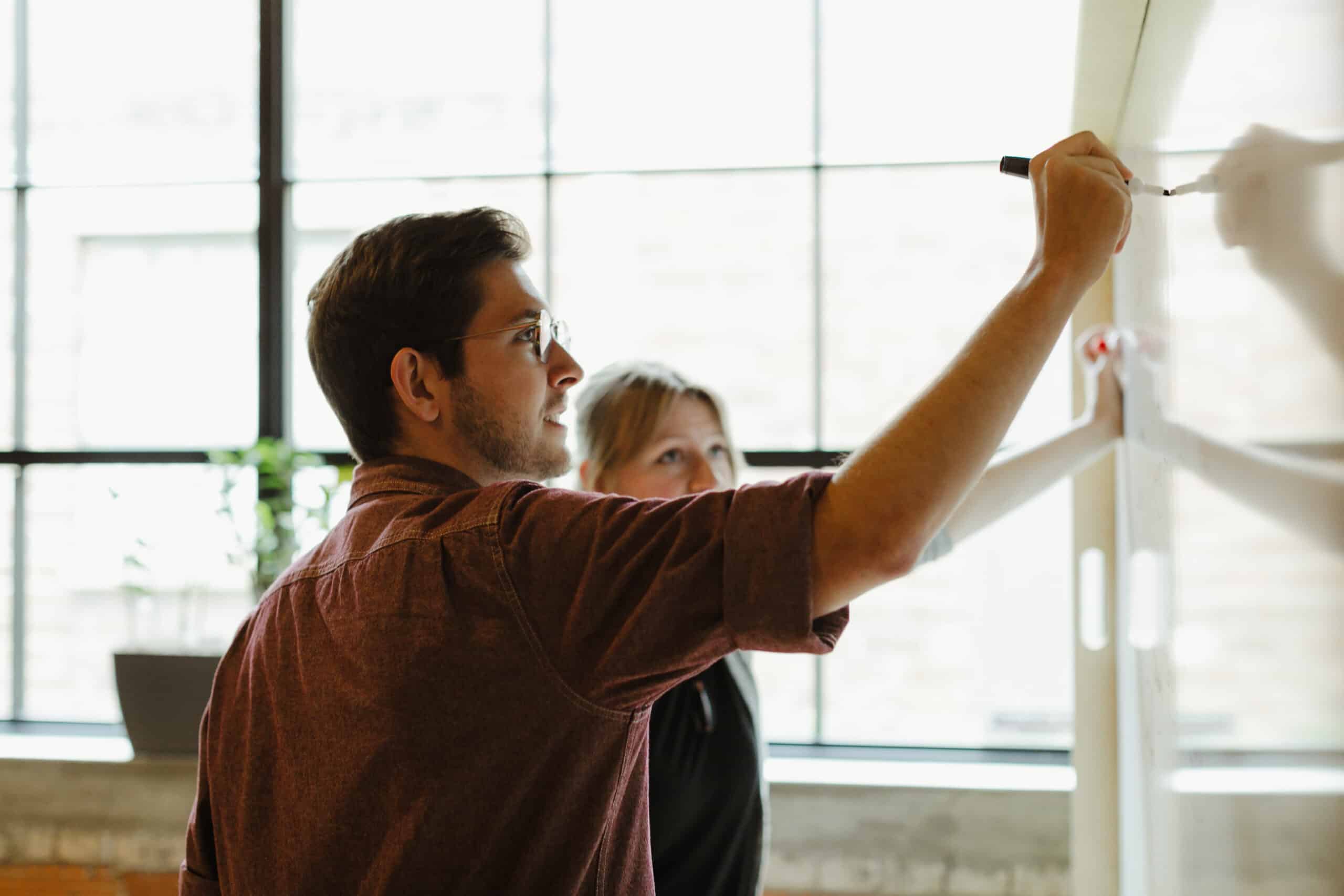In software development, demos play a critical role in showcasing progress and gathering feedback. They help ensure the team is on the right track and that the client is happy with the project’s direction. However, traditional software demos have one major flaw: they don’t elicit real feedback.
The last thing you want is to discover a bug during your demo. To avoid this, teams often rehearse every click, keystroke, and command they plan to perform during their demo. This leads to a polished, scripted walkthrough of the software, which is perfect for presenting finished (or near-finished) software to high-level stakeholders. But when presenting to subject matter experts and on-the-ground users, these types of demos frequently miss the mark on identifying unspoken client expectations and hidden requirements, leading to to late-stage surprises and costly rework.
In this article, we’ll explore a different approach: having clients “drive” during software demos, interacting with the software themselves and providing real-time feedback.
Problems with Traditional Demos
Traditional software demos fall short in several areas:
- Lack of client engagement: Clients passively observe traditional demos, which limits interaction and feedback. This passive role can result in missed opportunities to gather vital client insights.
- Limited scope: Traditional demos focus on the features that work correctly, avoiding areas that are incomplete or not functioning as expected. This selective presentation pushes bugs and false assumptions under the rug, and they often won’t be seen until it’s too late.
- Insufficient realism: The scripted nature of traditional demos can create an unrealistic picture of the software’s capabilities, potentially setting up unrealistic expectations that are difficult to manage in later stages.
Benefits of Client-Driven Demos
Client-driven demos offer a more interactive approach, providing several key advantages:
- Increased client engagement: Actively involving clients in the demo process leads to a better understanding and appreciation for the software your team is building. Clients experience the pain of missing features, leading to a greater sense of trust and teamwork once the team implements those features.
- Visibility into actual usage: By observing how clients interact with the software, developers gain valuable insights into real-world usage. This hands-on interaction helps the team identify how the software is used in practice, highlighting areas for improvement.
- Early identification of issues: When clients drive the demo, they’re more likely to encounter and identify issues themselves. This enables the development team to address problems promptly, reducing the likelihood of costly post-launch fixes.
Implementing Client-Driven Demos
Implementing client-driven demos requires a shift in mindset and a practical approach. Here are some tips to help you get started:
- Set clear expectations: Communicate to the client that they’ll be driving the demo. Encourage them to explore the software freely. Emphasize that you expect to encounter problems and this is a valuable part of the feedback process.
- Prepare a demo script: Even though clients will be driving, it’s helpful to prepare a “guided tour” outlining the key areas to cover. This ensures that all crucial functionalities are covered during the demo while giving space for exploration and experimentation.
- Encourage open dialogue: Foster a collaborative environment where clients feel comfortable providing candid feedback during the demo. This openness helps uncover deeper insights and ensures that all concerns are addressed effectively.
Success with Client-driven Demos
Client-driven demos offer a more interactive and engaging way to showcase progress and gather feedback. By having clients interact with the software in real time, you can gain valuable insights into actual usage patterns and identify issues early on. Embracing this approach fosters collaboration and ensures the software meets the client’s expectations.


This is such a nice idea. Traditional showcase is highly curated, and run by the delivery team.
A common middle ground is working with a client product owner on what to present. Especially in large corporate environments, the product owner may want a smooth demo showing only successful progress to their bosses.